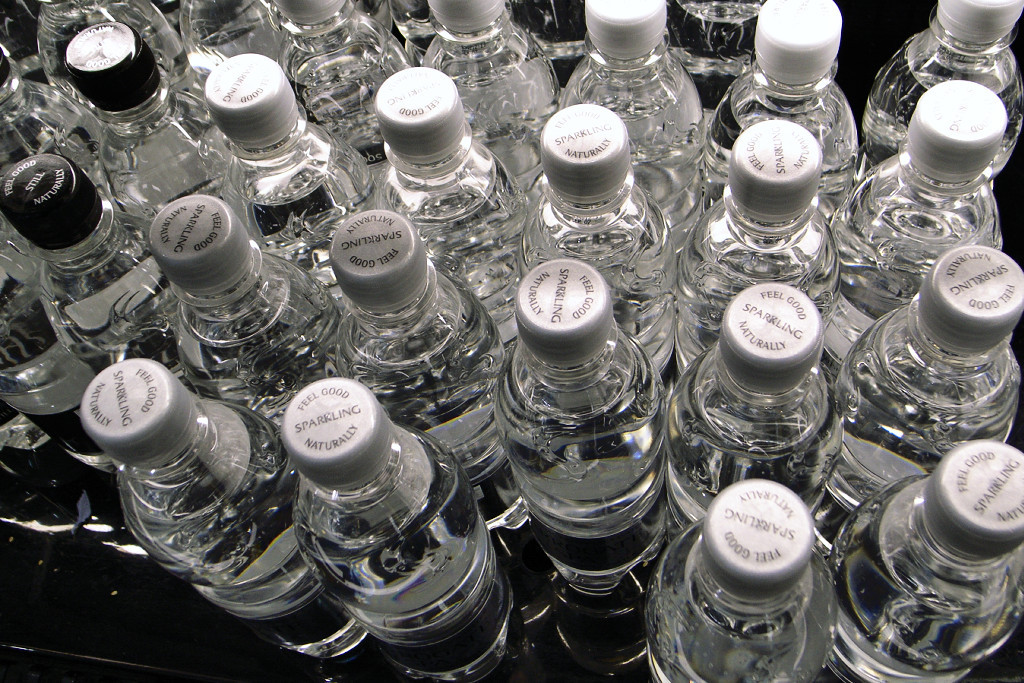The Science of IIFYM, Flexible Dieting, and Eating Smart
Did you ever look through a fitness Instagram account only to realize that this extremely fit individual also eats Oreos and pop tarts on a daily basis? Did you ever wonder how they could keep such a lean body while still enjoying those delicious treats?
For many years, it was believed amongst the fitness community that eating broccoli and brown rice for dinner was the only way to gain lean muscle mass and burn fat. Today, more and more fitness competitors choose to go for a more flexible approach in reaching their fitness goals, and it’s time to dig deeper into the science of flexible dieting (also referred to as ‘IIFYM’).

Macronutrients: flexible dieting takes into consideration three nutrients, protein, carbohydrates and fats, also known as macronutrients.
1. Carbohydrates are our body’s main source of energy and should make up 45-65% of our calorie consumption, according to the USDA. Carbohydrates are also necessary for the brain, kidneys, muscles and hear, to help them function properly. Both sugar and fiber are types of carbohydrates.
2. Protein is especially important as it makes up more than 50% of our dry weight and it needed to repair and grow muscle tissues. The enzymes found in proteins are also widely used for digestion, immunity and protection in our body.
3. Fats are used for tissue growth and hormone production in the body. Cutting out fats altogether can therefore create hormone imbalance, which can further lead to excessive weight gain, migraines and constant cold. You need fat in your diet in order for you to see progress in your body.
These nutrients are necessary in our daily diet, as they help our body function properly and grow. Cutting off any of these three macronutrients from your diet, or not eating enough of one macronutrient, can create an imbalance in your hormones, slow your metabolism and create a plateau in your fitness progress.
This is why it’s important to skip the fad diets and really focus on what your body needs. When tracking your macronutrients, it’s also wise to keep an eye on your fiber and sugar intake. An intake of 50g of sugar or more per day can create an insulin spike, followed by an energy crash, which is why it should be kept under 50g/day.
Quest bars are actually a great protein bar to include your diet, especially if you train, as it contains a good amount of protein AND carbohydrate number with high fiber and very low sugar.
Micronutrients: in order to be successful on a flexible diet, you also need to track your micronutrients, such as sodium, magnesium, iron, Vitamin D3, and chloride.
1. Magnesium supplementation is important on a daily basis to help your heart maintain a healthy rhythm and support a normal glucose conversion in your body. Insufficient magnesium can cause cravings and energy crashes, as your body won’t be able to convert glucose into energy efficiently.
2. A healthy intake of iron everyday will ensure a normal red blood cell production in your body and minimizes your chances of anemia.
3. Chloride helps regulate water in your cells, which helps you stay hydrated and energized throughout the day.
4. You should still drink a minimum of 2L of water per day, more if you’re lifting weights regularly, to ensure that your body is well hydrated.
In order to meet their micronutrient goals, most athletes take multivitamins in the morning, with breakfast.

Some numbers to watch:
Sodium should be kept under 2,500 mg per day to minimize water retention. When training, it’s also recommended to take a minimum of 4,000 IU’s of vitamin D3 per day, to help your body feed your muscles more effectively.
This approach to eating has been proven time and time again to work for people looking to gain lean muscle mass and burn fat for the long term. It is designed to work for your body type and training habits, and varies from one person to another. Someone who weighs 180 pounds and lifts heavy weights six times a week will not have the same macronutrient breakdown as someone who weighs 180 pounds but doesn’t lift at all.
When counting your macros, you (or your coach) take into consideration your TDEE (Total Daily Energy Expenditure) which is calculated by adding your BMR (Basal Metabolic Rate) and your total energy expenditure (how many calories you burn just by being alive).
To lose weight, you’ll need to eat less than you’re burning, usually a deficit of 200-500 calories per day. Once you have your macronutrient breakdown, all you need to do is watch your sodium, sugar and fiber intake, eat at the right times and meet your daily macros. What makes this type of diet flexible is that you can eat whatever you want, as long as it fits your macros and don’t go over your sugar or sodium limit.
Your body doesn’t recognize an “unhealthy” carbohydrate from a healthy one, which is why you’ll see many flexible dieters who eat donuts, Oreos or bagels on a daily basis and still look lean; if they can make it fit into their macros and they’re in a calorie deficit, the body won’t gain fat. Pretty awesome, right?
This article was written by Sarah Anton. Follow her on Twitter, Instagram and Tumblr!



